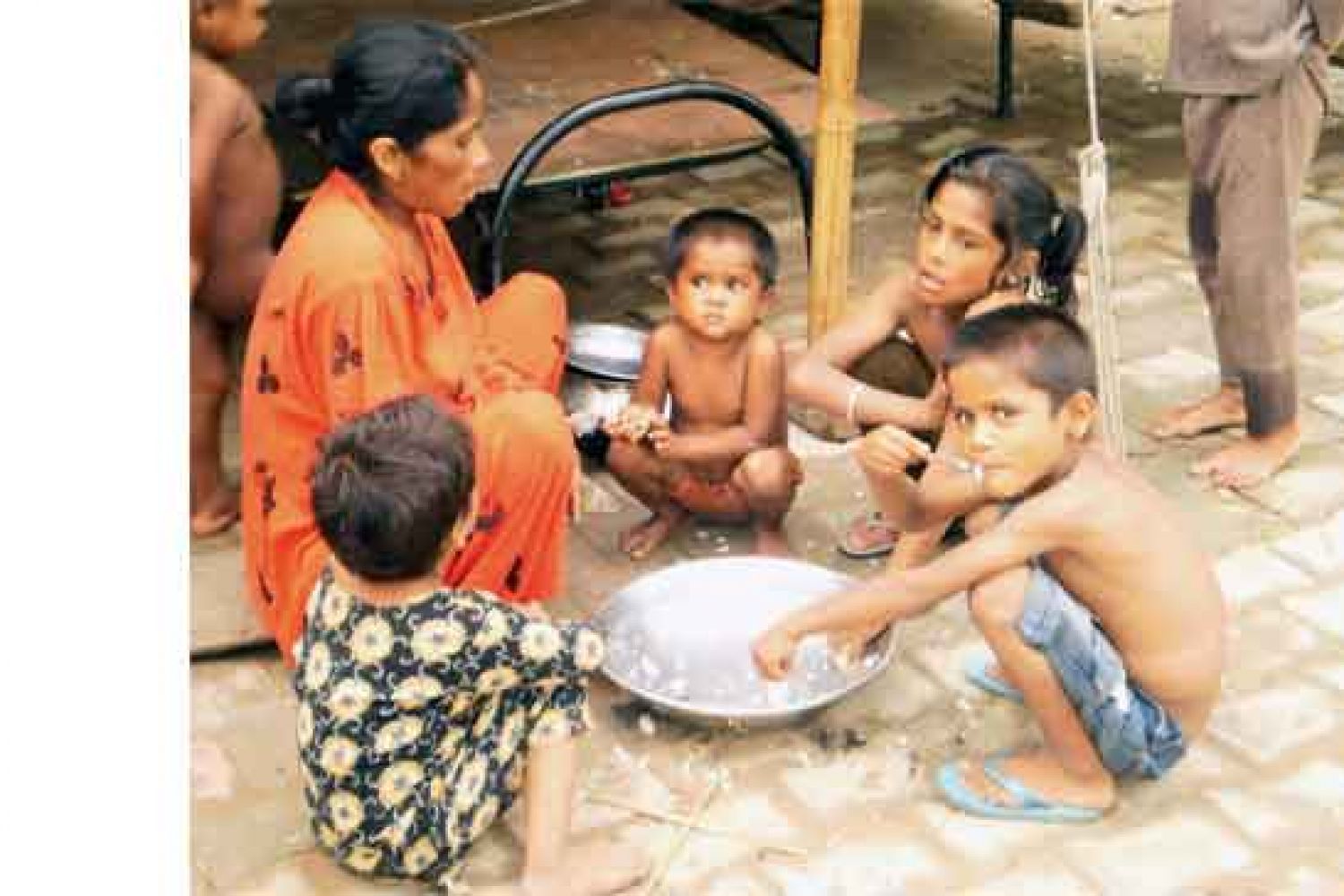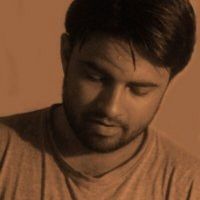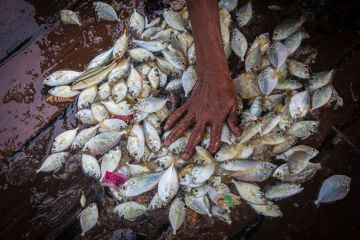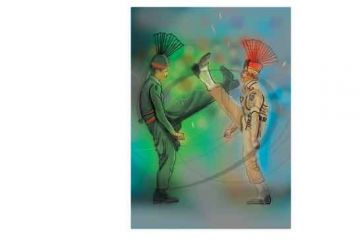
In Saadat Hasan
Manto’s Toba Tek Singh, Bishan Singh dies during the exchange of
Hindu, Sikh and Muslim inmates of mental asylums between India and Pakistan
after Partition in 1947. Singh demands to be allowed to return to his hometown,
Toba Tek Singh.
The underlying theme
of the story by Manto, perhaps Urdu’s greatest short story writer, is that
every human being needs to live where he/she feels most secure; and that the
Partition took away that right from millions of people i





